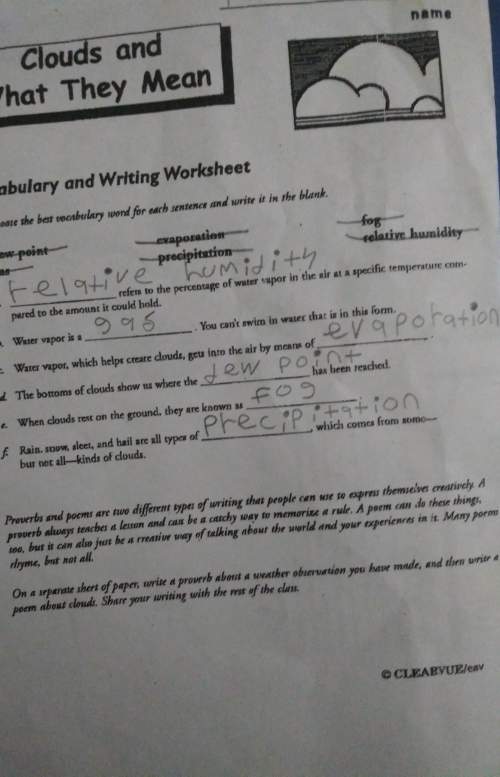
Physics, 29.10.2019 01:31 LikeIke2859
Frequently in physics, one makes simplifying approximations. a common one in electricity is the notion of infinite charged sheets. this approximation is useful when a problem deals with points whose distance from a finite charged sheet is small compared to the size of the sheet. in this problem, you will look at the electric field from two finite sheets and compare it to the results for infinite sheets to get a better idea of when this approximation is valid. consider two thin disks, of negligible thickness, of radius r oriented perpendicular to the x axis such that the x axis runs through the center of each disk. (figure 1) the disk centered at x = 0 has positive charge density eta, and the disk centered at x = a has negative charge density -eta, where the charge density is charge per unit area. what is the magnitude e of the electric field at the point on the x axis with x coordinate a/2? express your answer in terms of eta, r, a., and the permittivity of free space element_0. e = 4 pi kn(1 - a/squareroot a^2 + r^2)

Answers: 3
Another question on Physics

Physics, 22.06.2019 07:00
We have a colorless transparent liquid. it looks like water. we seperated it into a solid and a liquid by evaporration and condention was this a chemichal or a physical seperation a. chemical seperation b. physical seperation
Answers: 3

Physics, 22.06.2019 09:00
Yvette hangs a 2.4kg bird feeder in the middle of a rope tied between two trees. the feeder creates a tension of 480 n in each side of the the rope.
Answers: 1

Physics, 22.06.2019 18:30
Asmall grinding wheel has a moment of inertia of 4.0×10−5 kg⋅m2 . what net torque must be applied to the wheel for its angular acceleration to be 150 rad/s2 ?
Answers: 3

Physics, 22.06.2019 23:00
Two horses begin at rest. after a few seconds, horse a is traveling with a velocity of 10 m/s west, while horse b is traveling with a velocity of 13 m/s west. which horse had a greater acceleration? a. horse a because its change in velocity was greater than horse b's in the same time. b. horse b because its change in velocity was greater than horse a's in the same time. c. horse b because its change in velocity was the same as horse a's, but it took less time. d. both horses had the same acceleration.
Answers: 1
You know the right answer?
Frequently in physics, one makes simplifying approximations. a common one in electricity is the noti...
Questions

Advanced Placement (AP), 08.03.2021 19:00






Mathematics, 08.03.2021 19:00

Mathematics, 08.03.2021 19:00


Social Studies, 08.03.2021 19:00



Biology, 08.03.2021 19:00






Mathematics, 08.03.2021 19:00




